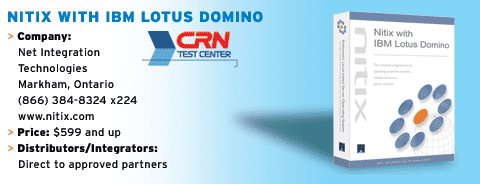Product Review: ImageCast 6.0 Improves Performance
After testing ImageCast 6.0 on two separate systems, CRN Test Center engineers found the tool relatively easy to set up—both on isolated systems as well as on a network.
ImageCast's tools help in capturing standard system images and corporate settings by providing two models for deployment.
The first model is a stand-alone mode. ImageCast uses a Wake-On LAN connection at the BIOS level with a PXEboot configuration and when controlled locally, it relies on a client builder wizard that creates bootable CDs.
The second model to automate imaging is a multicast type mode, which is often used in manufacturing environments and by enterprise IT customers. In multicast mode, as soon as clients are awoken, images are pushed down to multiple machines at one time.
During testing, engineers used a simple installation wizard. In stand-alone mode, the PXE server must be installed unless one already is on the network.
To eliminate any operations and boot problems on a network, ImageCast guides administrators through a two-step installation process of a PXE server with the control console and recommends working on an isolated server machine before starting the imaging process.
A wizard interface on a built client can access images locally from either an internal drive, a USB drive or from a network. Within this environment, system builders can set up ImageCast to automatically pull down images off a network.
In addition to the PXE server, administrators have to put in place a copy of WinXPrep and Sysprep tools available in Windows XP Service Pack 2, corporate Windows license keys and must have DHCP running on a network.
The rest of the process is automated once the PXEboot process is put to work through a quick BIOS setup. Before running a system imaging process, ImageCast also helps administrators add valid Windows XP license keys.
